- Home
- xero
xero
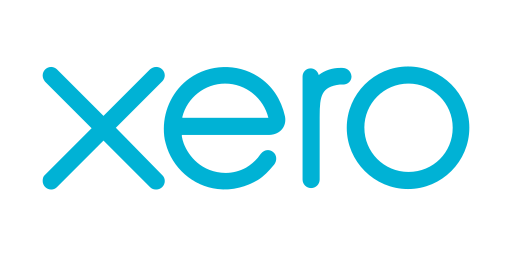
Xero Watch Bank Transfers Integration
$0.00
Xero Bank Transfers Automation | Consultants In-A-Box Move Money Faster: Automating Xero Bank Transfers to Improve Cash Flow and Reduce Errors Xero’s bank transfers capability gives businesses a reliable, auditable way to move funds between accounts. On its own it’s a solid bookkeeping feature; paired with AI integratio...
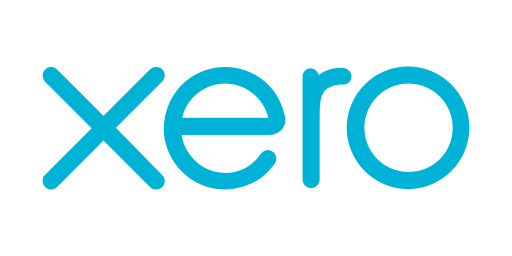
Xero Watch Contacts Integration
$0.00
Watch Contacts Integration (Xero) | Consultants In-A-Box Keep Customer Data in Sync: Automated Contact Monitoring for Xero The Xero "Watch Contacts" capability turns contact maintenance from a tedious, error-prone chore into a continuous, reliable process. Instead of relying on manual exports, periodic imports, or sporadic c...
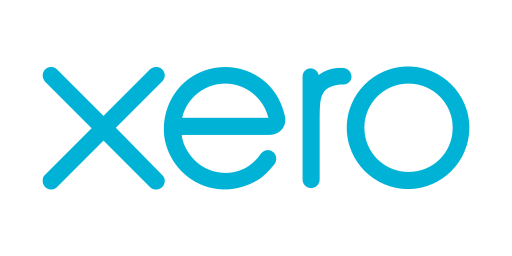
Xero Watch Credit Notes Integration
$0.00
Watch Credit Notes | Consultants In-A-Box Automate Credit Note Monitoring in Xero to Protect Cash Flow and Reduce Errors Watching credit notes in Xero converts a repetitive bookkeeping task into a real-time business signal. Instead of discovering adjustments after the fact, teams receive immediate, reliable notifications whe...
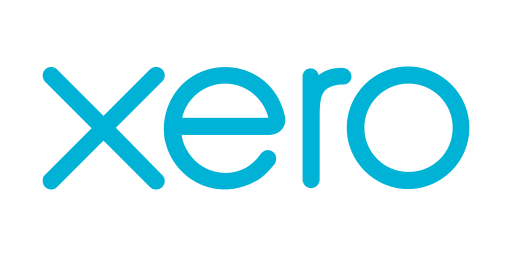
Xero Watch Employee Leaves Integration
$0.00
Xero Employee Leaves | Consultants In-A-Box Real-Time Leave Tracking with Xero: Reduce Admin, Improve Staffing The Xero employee leave capability turns time-off records into a live, usable source of truth about who’s available to work. Instead of siloed spreadsheets and delayed updates, leave events become immediate signals ...

Xero Watch Events Integration
$0.00
Xero Watch Events API Endpoint | Consultants In-A-Box Keep Your Financial Systems Synchronized: Real‑Time Updates with Xero Watch Events The Xero Watch Events capability turns your accounting system into a live source of truth. Instead of periodic checks or manual exports, your stack receives immediate signals when impo...
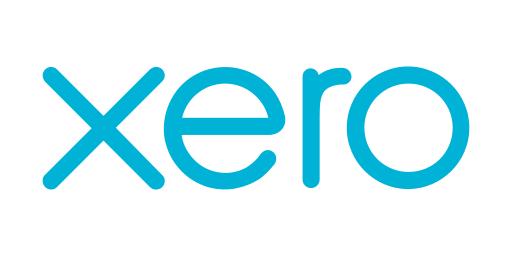
Xero Watch Invoices Integration
$0.00
Watch Invoices Automation | Consultants In-A-Box Automate Cash Flow and Workflows with Xero's "Watch Invoices" Xero’s "Watch Invoices" capability turns invoice events into immediate business action. Instead of periodic reviews and manual exports, your systems and teams can be notified the instant an invoice is created, updat...
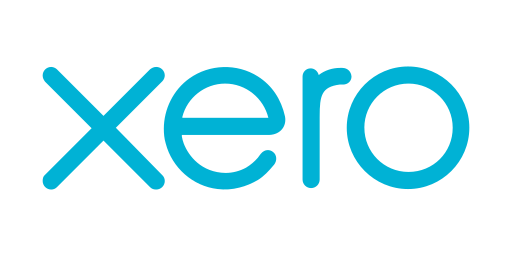
Xero Watch Items Integration
$0.00
Xero Watchlist Automation | Consultants In-A-Box Automate Xero Watchlist Items to Reduce Risk and Save Time Many businesses use Xero to manage invoices, bills, inventory, and key contacts. Within that workflow, certain items deserve extra attention—large overdue invoices, low stock on high-turn SKUs, or transactions involvin...
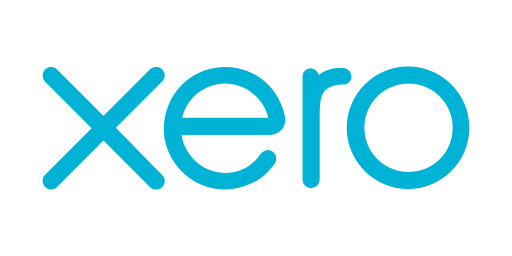
Xero Watch Manual Journals Integration
$0.00
Automate Xero Manual Journals | Consultants In-A-Box Automate Xero Manual Journals — Faster Close, Fewer Errors Finance teams spend hours each month preparing manual journal adjustments: mapping transactions, attaching backup documentation, reconciling debits and credits, and re-keying entries across disconnected systems. Th...
Collections
- 0CodeKit Integrations
- Accounting
- ACH Processing
- Active Campaign
- Ai Automations and Integrations
- Aircall
- All Integrations
- Annuities
- ATS
- Auto & Home
- BI and Analytics
- Brand Management
- Bullhorn Integration Endpoints
- Business Infrastructure
- Business Operations
- Business Retirement Plans
- Business Systems
- Card Access
- CCaaS
- Clio Integrations
- Cloud Services
- Connectivity, MPLS, Private Line
- Cost Reduction
- CPaaS/SIP
- Customer Relationship Management
- Data Center
- Developer Platforms
- Development
- E-Commerce
- E-Commerce Software
- eREIT
- Field Service Automations and Integrations
- Finance Automations and Integrations
- Financial
- Fire Alarm Systems
- Fleet Tracking
- FTP Hosting
- Gift Card & Loyalty
- Google Sheets
- Graphic Design
- Health
- Healthcare Software
- HR and HCM Automations and Integrations
- HR Software
- Human Resources
- Implemenation
- Insurance
- Integrate RingCentral With Monday.com
- Integrations
- International
- Intrusion Systems
- Investments
- Invoicing
- Invoicing and Contract Software
- Lead Generation
- Learning Management
- Legal
- Legal Services
- Long Term Care
- Managed Investments
- Managed Services
- Marketing
- Marketing
- Marketing Automations and Integrations
- Micro Funding
- Mobile Payments
- Mobility/IoT
- Monday.com Integrations
- Mutual Funds
- Other
- Others Software
- Outsourced Sales
- Pay Per Click
- Payment Processing
- Payroll
- Phone Systems
- Photography
- Pre-Paid Legal
- Print & Promotional
- Process Implementation
- Product Management
- Productivity
- Productivity & Efficiency Improvement
- Project Management
- Recuritment
- Recurring Payments
- RingCentral Integrations
- Sales Software
- Sales Training
- SD-WAN
- Search Engine Optimization
- Security
- Security and IT Management
- Security Systems
- Sling Scheduling Features
- SMS Communication
- Social Media
- Social Media Management
- Telecommunications Automations and Integrations
- Term Life
- Top Products
- Twilio Integrations
- UCaaS
- Video Conferencing
- Video Production
- Video Surveillance
- Web Development
- Web Hosting
- Webinar & Screen Sharing
- Workflow Training
- Zoho
- Zoho CRM Integrations
- Zoho Email & Collaboration
- Zoho Finance
- Zoho HR
- Zoho Legal
- Zoho Marketing
- Zoho Sales
- Zoho Service
- Zoho Suites







